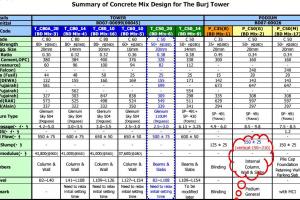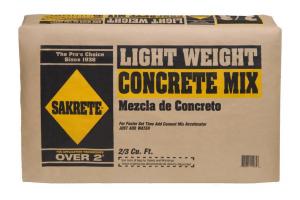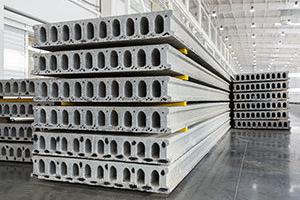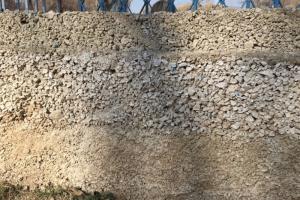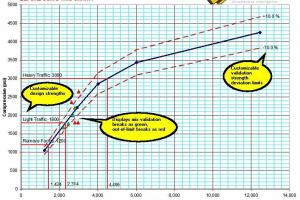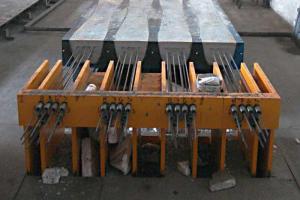How to Remove Stains from Concrete

It is always better to remove the contaminant and clean the concrete surface as soon as possible because if it penetrates into the concrete, the removal of stains may be more difficult. To reduce the risk of contaminants penetrating into the concrete and make stain removal easier, a suitable sealer can be applied to the concrete surface when new or after cleaning.
Also if the spill is prevented from spreading, the affected area can be reduced. To reduce the affected area, absorbent materials such as paper towels and/or clothes should be used to soak up contaminants; wiping the surface should be avoided as this tends to spread contaminants such as oil into the concrete. Before starting removal of any stain, provision should be made for the removal and/or disposal of any wash water and contaminants generated by the cleaning operation.
General Considerations in removing Concrete Stains
Pressure Washing
A variety of common stains can be removed by pressure washing with equipment that allows the introduction of a range of detergents and cleaning chemicals into the water stream. Suppliers of pressure washing equipment will usually have a range of appropriate products available for specific stains. Chemicals are used to either dissolve the stain or break/reduce the bond between the contaminant and concrete surface, making removal easier. Some pressure washers may also allow higher temperature water to be used to improve the performance of the cleaning chemicals.
Preventing the spill from spreading will reduce the area to be cleaned. Surface appearance Mechanical methods of stain removal such as abrasive blasting and grinding, and some chemical methods such as acid etching, remove stains by removing the affected concrete. This will change the surface appearance (both texture and colour) and should be considered when selecting an appropriate cleaning method.
Before attempting to remove a stain from concrete, a small trial area in an inconspicuous location should be treated to assess the effect of the cleaning method and any chemical products proposed. As cleaned areas may differ in color and texture to the surrounding concrete surface, the entire area and not just the stained portion may need to be treated in order to maintain a consistent appearance.
Poultices To apply liquid chemicals to localized stains or specific areas, a poultice may be used. A poultice consists of the cleaning chemical mixed with cat litter, talc or similar inert absorbent material to form a wet substance or paste that can be applied to the concrete surface at a thickness of about 10 to 12 mm. This allows the chemical to be contained and held in close contact with the stain, and to be transferred into the concrete where it can dissolve and/or draw out the staining material. poultices are normally allowed to dry prior to removal as the drying process draws the chemical and contaminants back out of the concrete surface.
Use of acids and other cleaning chemicals
The following points should be considered when using acids and other cleaning chemicals:
Diluted hydrochloric acid, chlorine bleach, trisodium phosphate and other chemically based leaning agents can be hazardous if used incorrectly. The supplier's instructions and recommendations concerning safety and dilution rate should be followed.
When diluting acid, the acid should be added to water, not water to the acid. A large amount of heat is released when strong acids are mixed with water. If water is added to acid, an extremely concentrated solution of acid is initially formed. Enough heat may be generated to cause the solution to boil very violently, splashing concentrated acid out of the container. If acid is added to water, the solution that forms is very dilute and the small amount of heat released is not enough to vaporize and spray it. Hydrochloric acid should not be mixed with other chemicals as the reaction may also be violent and cause acid to splash out of the container.
Suitable protective clothing should be worn at all times and work undertaken only in well-ventilated areas. Fans should be used to provide fresh air to the work area.
A neutralizing agent and source of water should always be available. A readily available neutralizer is bicarbonate of soda mixed at the rate of 50 grams per liter of water. This can also be used for both the pre-wet and final rinse. Only diluted acids should be used and washed off immediately after use. Acids are typically diluted to a mixture of 1 part acid to 10-20 parts water for cleaning purposes. Stronger acid solutions may be more efficient at removing stains but could result in salts being produced (as a by-product of the chemical reaction) which are even more difficult to remove.
The suitability of acid cleaning should be considered for each particular situation as it may affect built-in components such as pre-formed metal joints, dowel bars, termite shields, lintels and window/door frames.
Removal of specific Concrete stains
Chewing gum
For isolated spots, solidify the gum with ice cubes and scrape off as much as possible. Then apply a poultice saturated with methylated spirits and leave until dry. This should turn the residue gum brittle, making removal possible with a stiff bristle or wire brush. Finish by washing the affected area with hot soapy water, then rinse with clean water.
For areas requiring significant amounts to be removed, or for applications where the gum has been walked into the concrete surface, the easiest method is high-temperature steam cleaning. The high temperature dissolves the gum and allows it to be washed from the surface. Note that this method can also be used for isolated spots if the equipment is available.
An alternative method is to scrape off as much chewing gum as possible and then remove the rest with a solvent such as amyl acetate. Amyl acetate also aids in the removal of similar substances such as plastic glues and adhesives, most candle waxes, lacquers, polyurethane and paint stains. Note that while amyl acetate is commonly used in the dry cleaning industry to remove chewing gum stains, it is not generally available in small quantities; a similar product suitable for the removal of adhesives and lacquers may need to be used.



